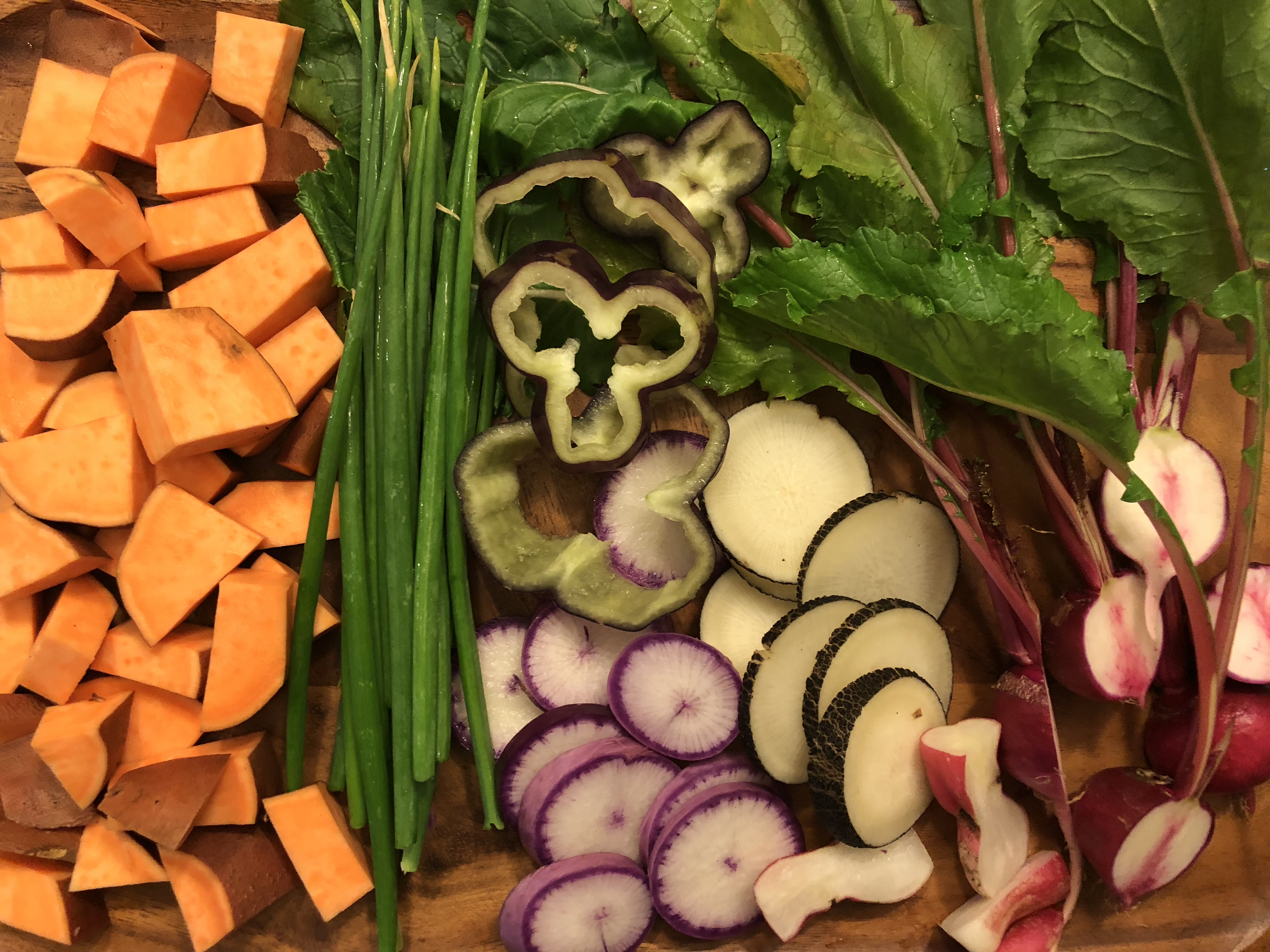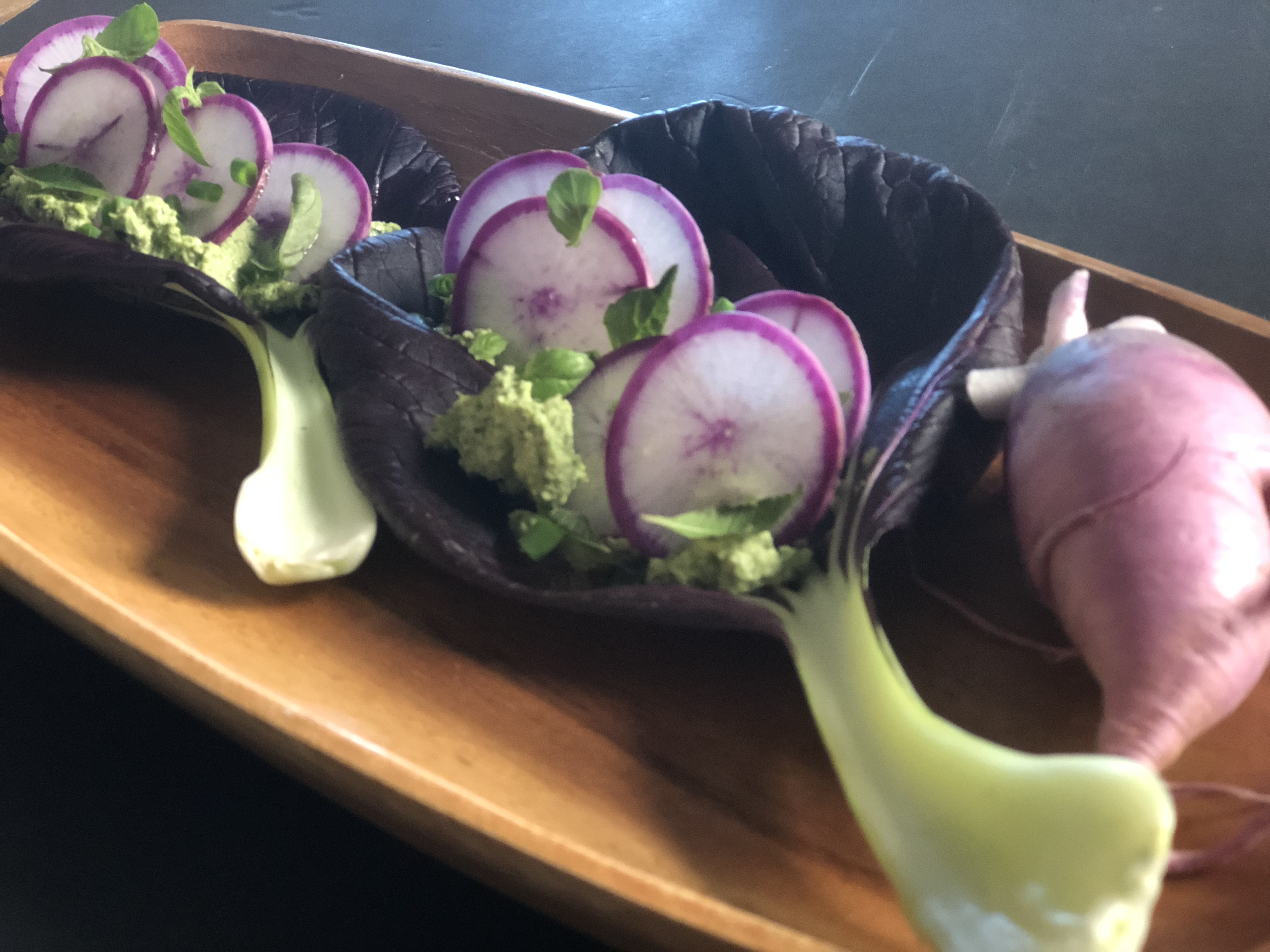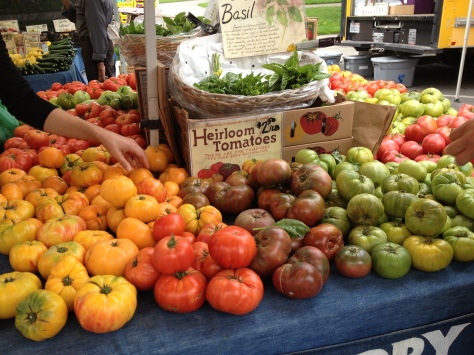By Melanie A. Albert, intuitive cooking expert, author, and speaker. Founder & CEO Experience Nutrition Group, LLC
The Fall is such an incredible time in Arizona as our local farmers’ bounty is growing and it’s so beautiful to enjoy local in-season produce at our farmers’ markets around town. At this time of year, we have many different farmers’ markets. In addition to purchasing real whole foods at farmers’ markets you can commit to a CSA, join a community garden, plant your own, and visit local farms. Enjoy shopping and enjoy your food!
5 Favorite Farmers’ Markets
- Downtown Phoenix Openair Market, Saturday, 8am-1pm, Central and Pierce Street
- Uptown Market, Saturday & Wednesday, 9am-apm, Central and Bethany Home
- Ahwatukee Market, Sunday, 9am-1pm, Warner & 48th Street
- Mesa Community Market, Friday, 9am-1pm, 20 E. Main Street
- Old Towne Scottsdale Market, Saturday, 8am-1pm, 3806 N. Brown Avenue
EXCERPT from A New View of Healthy Eating
5 Best Ways to Shop for Real Whole Foods
1. Shop at Farmers’ Markets in Your Area
As demand for locally grown fruit and vegetables has increased, farmers’ markets have steadily grown in number throughout the last few decades. According to the USDA Farmers Market Directory, in June 2015 there were 8,260 registered farmers’ markets as compared to 1,744 in 1994—an increase of more than 6,000 in 21 years. In addition to the USDA Farmers Market Database, another source to find farmers’ markets in your area is www.localharvest.org.

2. Commit to a CSA (Community Supported Agriculture) Share
Developed in the 1960’s in Japan, CSA programs are designed to build a relationship between the farmer and the community. At the beginning of each season, farmers sell CSA memberships to consumers. Each week, customers receive a sampling of produce that is available from one farmer or a group of local farmers. CSAs cost $25 to $35 per week for six to eight weeks and are perfect for those of us who wish to experiment with unique, interesting, locally grown food. Farmers distribute CSA’s at farms, farmers’ markets, and convenient pick-up locations, such as yoga studios. Some farms even deliver CSA’s right to your home.
For the winter 2016 season in Arizona, I committed to a 12-week CSA share from Maya’s Farm, just a mile from my home in Phoenix. I love knowing that the produce is fresh since it is harvested the day before I pick it up at The Farm at South Mountain. Each week the interesting variety of goodies in my CSA encourages me to create new, intuitive dishes with different combinations of food. While writing this week, I’m creating a stir-fry with cauliflower, fresh peas, white icicle radish, green garlic, onions, and dill. Fresh flowers are a nice bonus I receive in my CSA. I’m enjoying the incredible natural aromatherapy of chamomile in my home. I’m steeping sun-dried tea, and I will dehydrate some of the chamomile flowers for tea.

3. Join a Community Garden
The National Garden Association estimates that there are three million community gardens in the United States. Community gardens are fun, as you can learn from other do-it-yourself gardeners, enjoy friendships, and experience the mindful meditation of gardening in a beautiful, close-to-the-earth setting.

4. Grow Your Own
Gardening is a big trend. As more and more people eat real whole foods, they are taking their food literally into their hands. The National Garden Association estimates that 42 million households in the United States garden, an increase of 17 percent over 2008 numbers, and 37 million households are home gardening. Gardening takes us back to the basics of eating fresh whole foods.
5. Visit Local Farms
It’s a lot of fun to visit farms in your area to get to know the farmers and to see where your local produce grows. I am so fortunate that there are many outstanding farms in the Phoenix area, where I live. Farms today are reaching consumers in exciting ways: stores at farms, farmers’ markets at farms, pick-your-own produce, and even “honor system” farm stands.

Many of the recipes and culinary creations in my book, A New View of Heathy Eating are inspired by and created with local, in-season Arizona veggies. The book is now available to ship to you!



















































